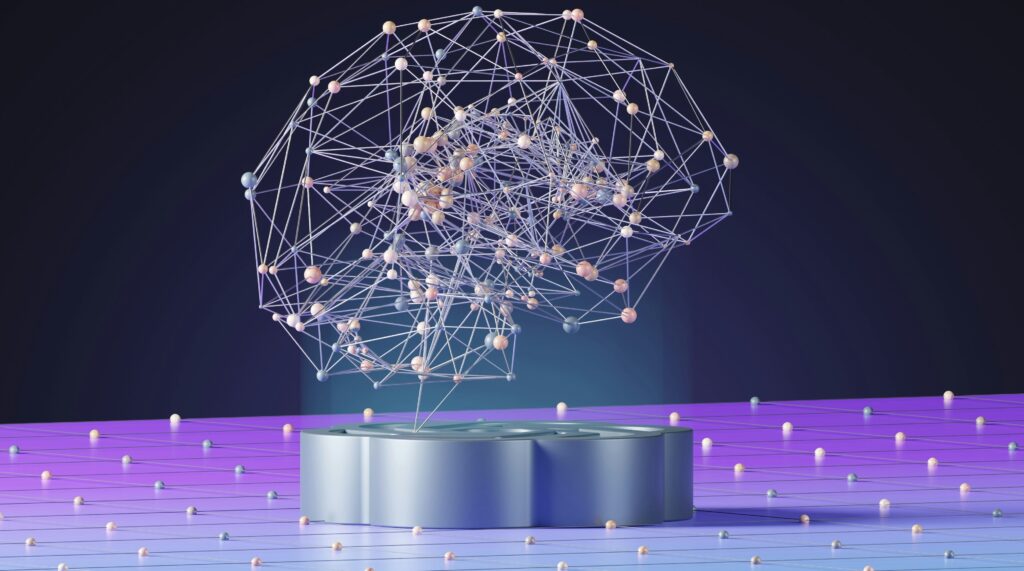Vernor Vinge? Samuel Butler? Luke Muehlhauser? Anna Salamon? Anders Sandberg? Apocryphal?

Question for Quote Investigator: Current commentators are preoccupied with guessing when artificial intelligence (AI) systems will achieve human-level intelligence, but a thoughtful science fiction author crafted the following edifying dialogue:
“Will computers ever be as smart as humans?”
“Yes, but only briefly.”
The author suggested that the advancement of AI systems would not pause; instead, systems would rapidly achieve superhuman intelligence and continue ascending toward human incomprehensibility. Would you please help me to find the author’s name together with a citation.
Reply from Quote Investigator: In 2008 prize-winning science fiction author Vernor Vinge published “Signs of the Singularity” in the journal “IEEE Spectrum”. Vinge discussed the implications of AI:1
The consequences of creating human-level artificial intelligence would be profound, but it would still be explainable to present-day humans like you and me.
But what happens a year or two after that? The best answer to the question, “Will computers ever be as smart as humans?” is probably “Yes, but only briefly.”
For most of us, the hard part is believing that machines could ever reach parity. If that does happen, then the development of superhuman performance seems very likely—and that is the singularity. In its simplest form, this might be achieved by “running the processor clock faster” on machines that were already at human parity. I call such creatures “weakly superhuman,” since they should be understandable if we had enough time to analyze their behavior.
Below are additional selected citations in chronological order.
The notion that machines might supersede humans has a long history. This troubling theme was discussed by Samuel Butler in an essay titled “Darwin Among the Machines” in 1863:2
We refer to the question what sort of creature man’s next successor in the supremacy of the earth is likely to be. We have often heard this debated; but it appears to us that we are ourselves creating our own successors; we are daily adding to the beauty and delicacy of their physical organisation; we are daily giving them greater power, and supplying, by all sorts of ingenious contrivances, that self-regulating, self-acting power, which will be to them what intellect has been to the human race. In the course of ages we shall find ourselves the inferior race.
Vinge’s 2008 essay caught the eye of other future-oriented thinkers. The 2012 book “Singularity Hypotheses: A Scientific and Philosophical Assessment” contained an essay titled “Intelligence Explosion: Evidence and Import” by Luke Muehlhauser and Anna Salamon. The duo used Vinge’s remark as an epigraph for their essay:3
The best answer to the question, “Will computers ever be as smart as humans?” is probably. “Yes, but only briefly”.
Vernor Vinge
In 2013 the book titled “The Transhumanist Reader” contained the essay “An Overview of Models of Technological Singularity” by Anders Sandberg which included a footnote with Vinge’s remark:4
The best answer to the question, “Will computers ever be as smart as humans?” is probably “Yes, but only briefly” (Vinge 2008). Samuel Butler made a somewhat similar point in his article “Darwin among the Machines,” The Press, Christchurch, 13 June 1863, and novel Erewhon (1872).
Viewpoints about AI remain divergent. For example, in 2018 the authors John Paul Mueller and Luca Massaron published “Artificial Intelligence for Dummies” which presented a short history of AI research. The authors were deeply skeptical about whether AI systems would even achieve human-level intelligence:5
At the outset of the efforts at Dartmouth College in 1956, the soon-to-be leaders of AI research predicted that a computer as intelligent as a human would take no more than a generation. Sixty-plus years later, computers still aren’t nearly as smart as humans. In fact, if you’ve read previous chapters, you know that computers are unlikely to ever be as smart as humans, at least not in every kind of intelligence (and by now have exceeded human capability only in a very few kinds).
In conclusion, Vernor Vinge deserves credit for the dialogue which he wrote in a 2008 essay. Sadly, Vinge died in 2024, and many of his futuristic visions remain untested.
Acknowledgement: Great thanks to anonymous science fiction enthusiast whose inquiry led QI to formulate this question and perform this exploration.
Image Notes: Abstract illustration of AI from Growtika at Unsplash. The image has been cropped and resized.
- 2008 June, IEEE Spectrum, Signs of the Singularity by Vernor Vinge, Start Page 76, Quote Page 80, Institute of Electrical and Electronics Engineers, New York. (Verified with scans) ↩︎
- 1863 June 13, The Press, Correspondence to The Editor of The Press, Darwin Among the Machines by Cellarius (Samuel Butler), Start Page 1, Quote Page 1, Column 4, Christchurch, New Zealand. (Papers Past at paperspast.natlib.govt.nz) link ↩︎
- 2012 Copyright, Singularity Hypotheses: A Scientific and Philosophical Assessment, Edited by Amnon H. Eden, James H. Moor et al, Chapter 2: Intelligence Explosion: Evidence and Import by Luke Muehlhauser and Anna Salamon, Start Page 15, Quote Page 15, Springer-Verlag, Berlin, Heidelberg. (Verified with scans) ↩︎
- 2013 Copyright, The Transhumanist Reader: Classical and Contemporary Essays on the Science, Technology, and Philosophy of the Human Future, Edited by Max More and Natasha Vita-More, Chapter 36: An Overview of Models of Technological Singularity by Anders Sandberg, Section: Notes, Note 3, Quote Page 392, Wiley-Blackwell: Imprint of John Wiley & Sons, Malden, Massachusetts. (Verified with scans) ↩︎
- 2018 Copyright, Artificial Intelligence for Dummies by John Paul Mueller and Luca Massaron, Chapter 15: Understanding the Nonstarter Application, Quote Page 231, John Wiley & Sons, Hoboken, New Jersey. (Verified with scans) ↩︎